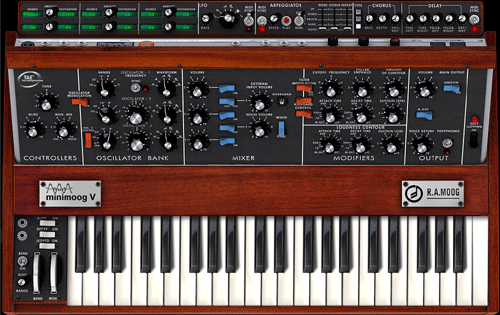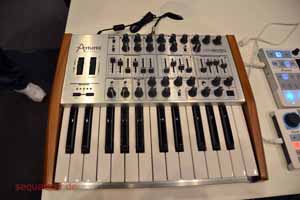


Workaround: We connected all empty inputs via 10k pull up resistors to ground.Another thing that we realized too late was all the multiplexers inputs must be connected to the circuit to make them work.Future Learning: Use two plans, where one is the mirrored version of the other, for both sides of the board.

Workaround: To fix the problem, we painstakingly bent all the ic legs to the other side to "mirror" them.When we were done soldering, we realized that if we now attach the ics from the plastic side (down image), they will be mirrored, having wrong pin placements!.After the plan was made, we started using it on the copper side (top image) to solder the 16 pin jacks and the plug jacks.the copper strips go from left to rightīy rotating the middle row of ics by 180 degrees, we can spare some cables for ground and the select pins.Īfter soldering it together, the board looked like this:Īs this was our first real electronics project, we ran into some unforseen problems.To connect all 44 controls with the multiplexers to the arduino, I drew this board plan: so with the 12 analog inputs of the arduino, we can connect up to 12x8 = 96 controls.this "trick" is also called time multiplexing, which makes the cd4051 a multiplexer.by constantly looping through all inputs, we can read all 8 controls in a short amount of time.This is done by splitting the three digits of a binary number (000-111) to the three select pins. via the select pins a b and c, we can control which "channel in" is routed to the "com out".the "channel in" pins are connected to the controls.pins 6 7 & 8 can be connected to ground.it has up to 12 analog inputs and up to 20 digital inputsĪs we have 44 controls and only 12 analog inputs, we used seven cd4051 ics:.it has a ATmega32U4 microcontroller, which makes it usable as a USB device.To read the positions of all controls, we ended up using the Arduino Micro: This is the front panel with all the pots and switches in place: We decided to omit the following rather useless controls:Īlso, we decided to use flip switches only + we added 2 extra flip switches below the 3 pots on the left. 6 rotary switches (with chicken head knobs).21 potentiometers (with 2 21mm and 19 19mm bakelit knobs).Last week, a friend a I built a MIDI Controller for the Arturia Mini V3 VST:Īt first, we identified the different 44 controls we needed:


 0 kommentar(er)
0 kommentar(er)
